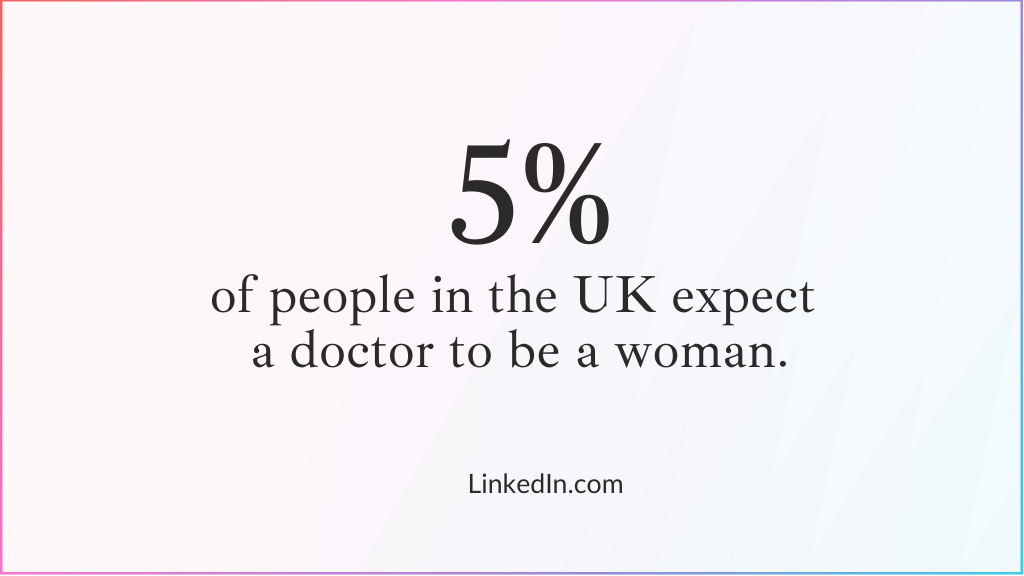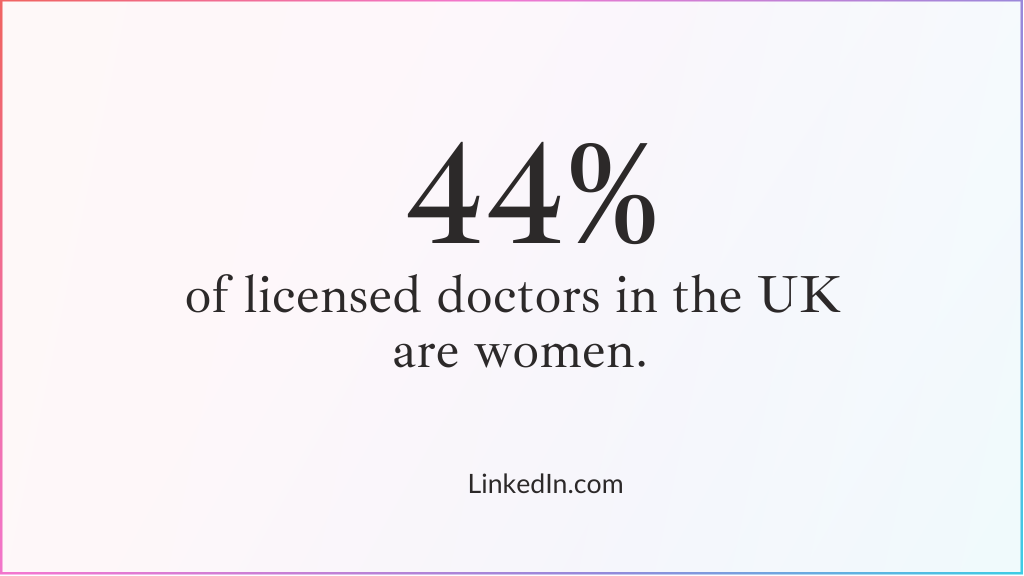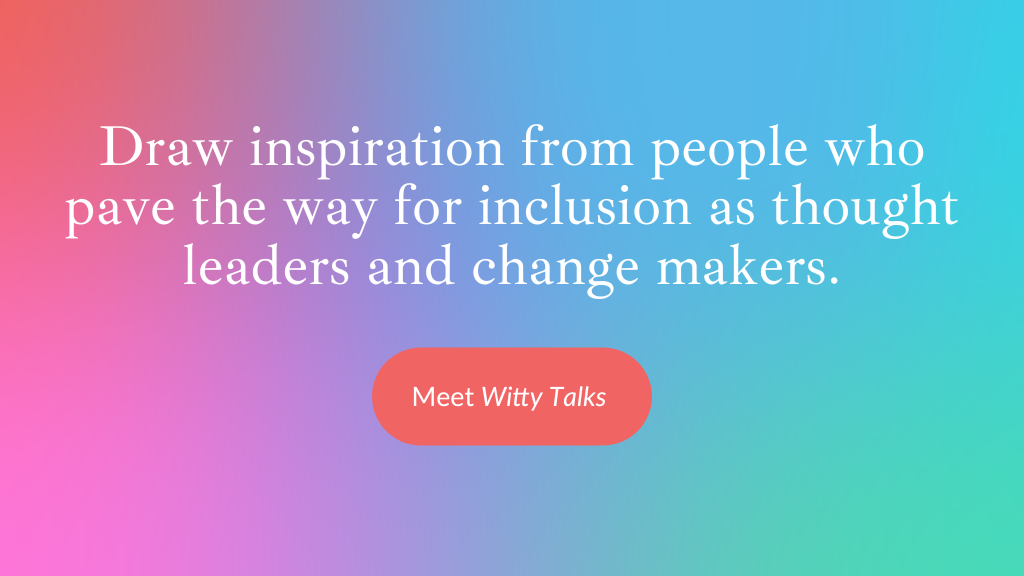 Job Titles
Job Titles
Generally provokes a mental image of men
To reach out to all genders, use gender-inclusive options to describe how someone contributes to a company’s mission.

Basic Example
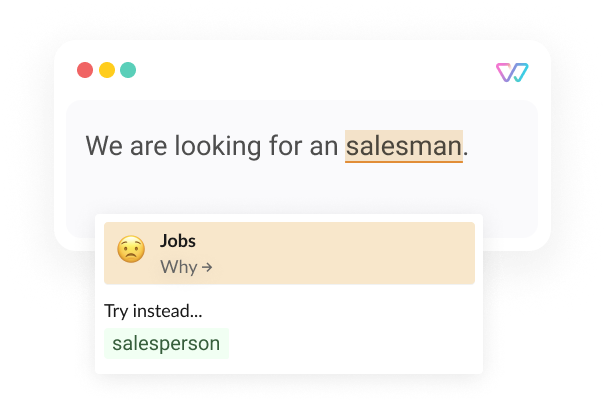
Advanced Example
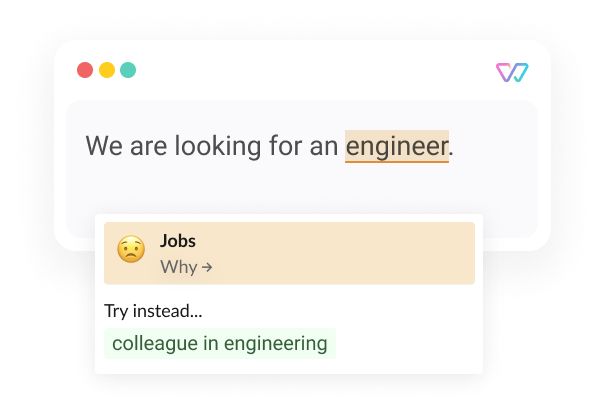
We use job titles to understand if we’re a good fit for the position a company is looking to fill. And that includes our gender. As many as 79% of jobs ads imply, if unintentionally, the gender of the person expected to do that job. Childhood role models, too, influence who we see when we think of a job. These biases limit candidate pools, pipelines - and the career options and prospects of people of all genders and backgrounds. For an inclusive approach, explore more gender-neutral ways of describing areas of responsibility.
👍
Software developmentSoftware engineering
Software engineer – all genders
👎
Software engineerDoesn't resonate with
- Everyone who identifies as a woman
- People in the LGBTQIA+ community
- People in occupations and roles historically dominated by another gender
- People with an ancestal or cultural background that is not white
Shout-outs
- Hidden but Widespread Gender Biases Emerge in Millions of Words (Tessa Charlesworth)
- Language influences mass opinion toward gender and LGBT equality (Margit Tavits and Efrén O. Pérez)
- The subtle ways language shapes us (Nayantara Dutta)
- Evidence That Gendered Wording in Job Advertisements Exists and Sustains Gender Inequality (Danielle Gaucher, Justin Friesen, and Aaron C. Key)
- Sexist Job Titles and the Influence of Language on Gender Stereotypes (Sylvia Cutler)

